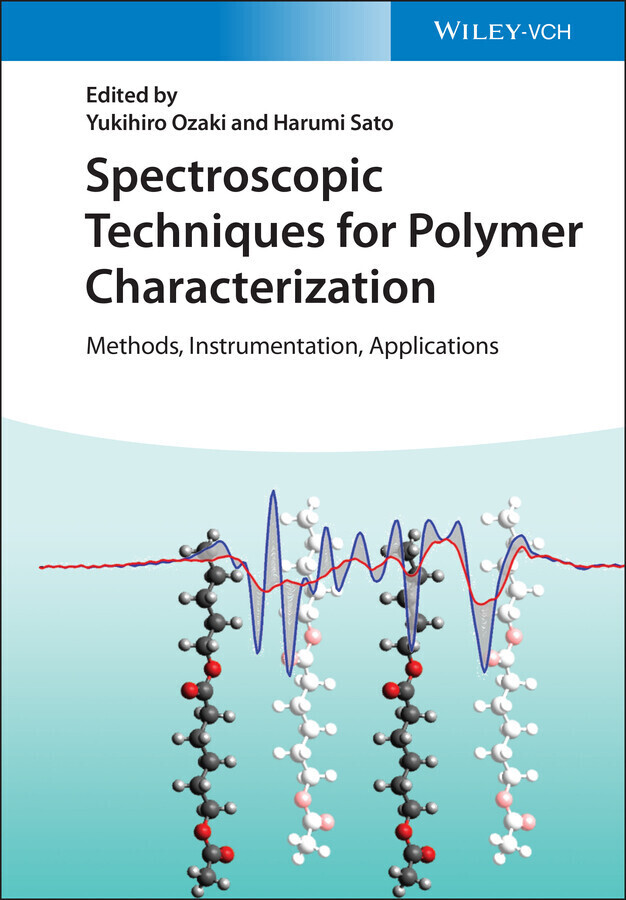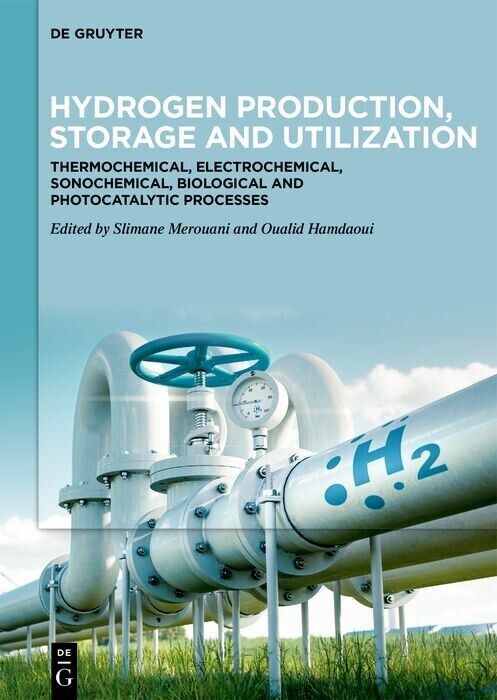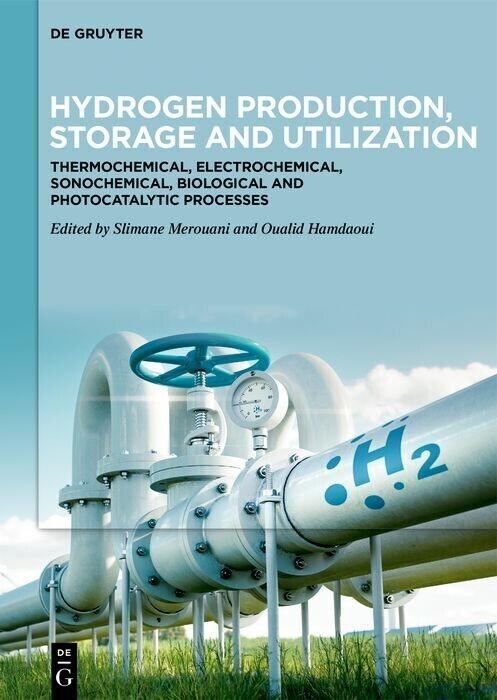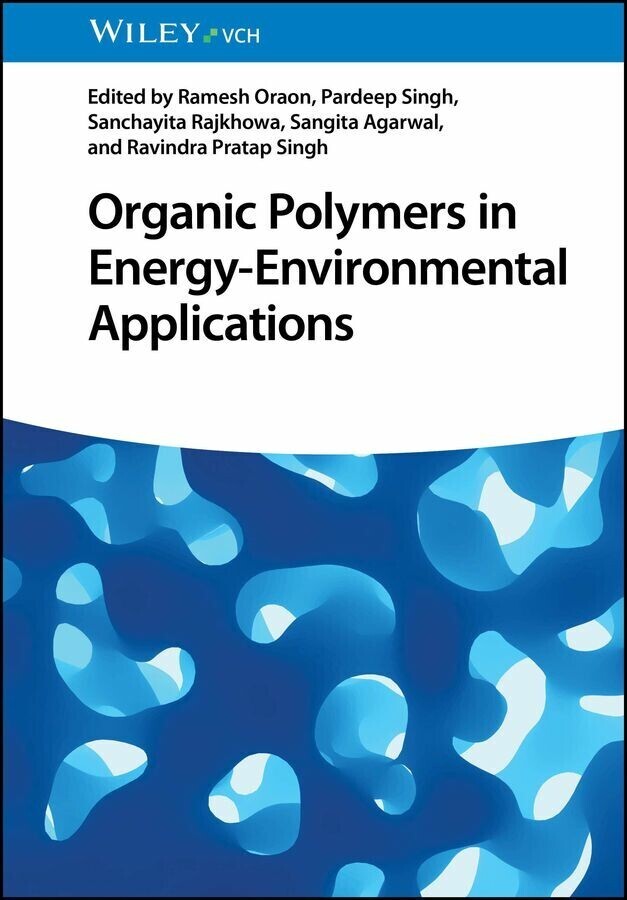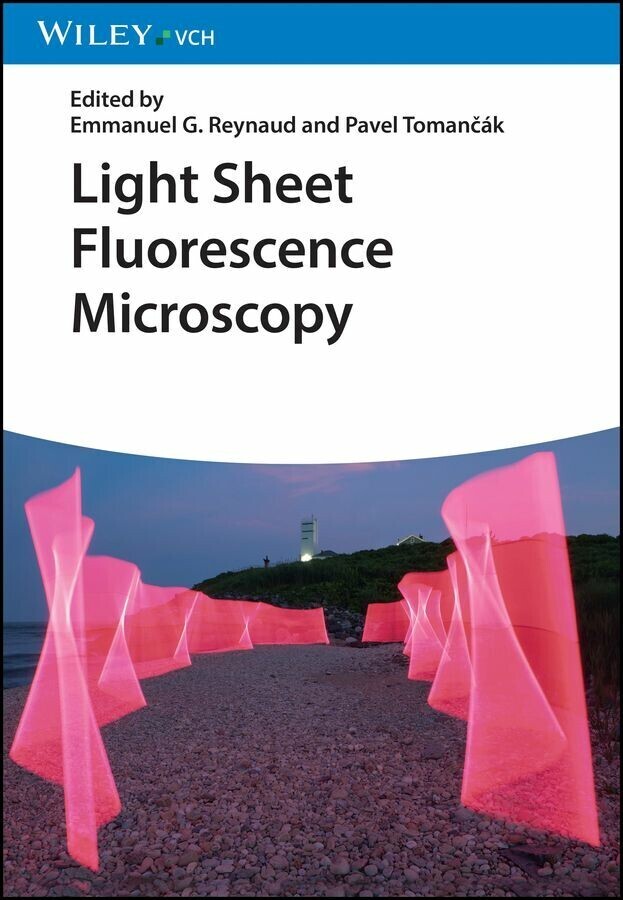Spectroscopic Techniques for Polymer Characterization
Spectroscopic Techniques for Polymer Characterization
An insightful exploration of cutting-edge spectroscopic techniques in polymer characterization
In Spectroscopic Techniques for Polymer Characterization: Methods, Instrumentation, Applications, a team of distinguished chemists delivers a comprehensive exploration of the vast potential of spectroscopic characterization techniques in polymer research. The book offers a concise outline of the principles, advantages, instrumentation, experimental techniques, and noteworthy applications of cutting-edge spectroscopy.
Covering a wide range of polymers, from nylon to complex polymeric nanocomposites, the author presents recent developments in polymer science to polymer, analytical, and material chemists, assisting them in keeping track of the progress in modern spectroscopy.
Spectroscopic Techniques for Polymer Characterization contains contributions from pioneers in modern spectroscopic techniques from around the world. The included materials bridge the gap between spectroscopists, polymer scientists, and engineers in academia and industry. The book also offers:
- A thorough introduction to the progress in spectroscopic techniques, including polymer spectroscopy and near-infrared spectroscopy
- Comprehensive explorations of topical polymers studied by spectroscopy, including polymer thin films, fluoropolymers, polymer solutions, conductive polymers
- Practical discussions of infrared imaging, near-infrared imaging, two-dimensional correlation spectroscopy, and far-ultraviolet spectroscopy
- In-depth examinations of spectroscopic studies of weak hydrogen bonding in polymers
Spectroscopic Techniques for Polymer Characterization: Methods, Instrumentation, Applications is a must-read reference for polymer, analytical, and physical chemists, as well as materials scientists and spectroscopists seeking a one-stop resource for polymer characterization using spectroscopic analyses.
Yukihiro Ozaki obtained his Ph.D. in chemistry in 1978 from Osaka University. Since 1993 he was a professor in the Department of Chemistry, School of Science and Technology until the end of March, 2018. Currently, Ozaki is a professor emeritus of Kwansei Gakuin University. Ozaki's research programs have been concerned with basic studies and applications of far-ultraviolet (FUV), near-infrared (NIR), and far-infrared (FIR)/Terahertz, and Raman spectroscopy. His spectroscopy research covers from basic studies of spectroscopy such as a theory of plasmon-enhanced Raman scattering, the development of new types of instruments like a surface plasmon resonance-NIR spectrometer to applications involving those to polymers, nano materials, and biological samples. Ozaki received several awards including Bomem-Michelson Award (2014), Chemical Society of Japan Award (2017), The Medal with Purple Ribbon from Japanese Emperor (2018), and Pittsburgh Spectroscopy Award (2019).
Harumi Sato obtained her Ph.D. from Gunma University in 1996. She was a postdoctoral fellow in the Department of Chemistry, School of Science and Technology, Kwansei Gakuin University during 1999-2012. In 2012, she joined Kobe University as an associate professor of Graduate School of Human Development and Environment of Kobe University. She is currently a full professor of Kobe University since 2018. Her research interest lies in understanding the polymer structure, physical properties, and intermolecular interactions by infrared (IR) spectroscopy, Raman spectroscopy, and terahertz spectroscopy (THz). Her current work focuses on weak hydrogen bonds of biodegradable polymers. She received several awards for her contributions in polymer science and polymer spectroscopy: Award for Encouragement of Research in Polymer Science from the Society of Polymer Science of Japan (2003), Masao Horiba Award (2005).
| ISBN | 9783527830305 |
|---|---|
| Artikelnummer | 9783527830305 |
| Medientyp | E-Book - PDF |
| Copyrightjahr | 2021 |
| Verlag | Wiley-VCH |
| Umfang | 496 Seiten |
| Sprache | Englisch |
| Kopierschutz | Adobe DRM |

